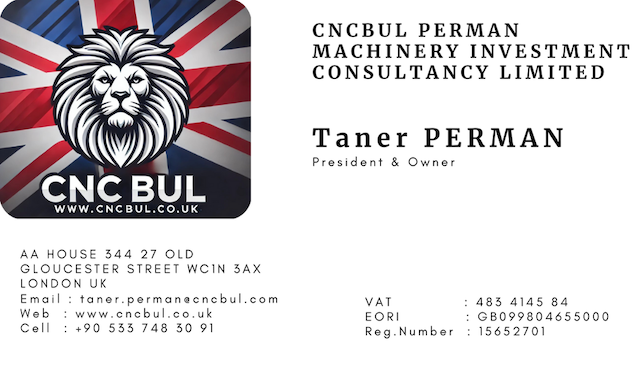What is Gear Hobbing & Worm Milling Machine?
Gear Hobbing and Worm Milling Machine: A Technical Overview
Gear hobbing and worm milling machines are specialized equipment used in the manufacturing of gears and worms. These machines are essential in various industries, including automotive, aerospace, and industrial machinery, where precise and efficient gear production is crucial.
Gear Hobbing Machine
Gear hobbing is a machining process used to cut gear teeth into blanks using a tool called a hob. The gear hobbing machine is designed specifically for this purpose, providing high precision and efficiency. Here’s a detailed look at the process and the machine:
- Process Description:
- Hob Tool: A hob is a cylindrical cutting tool with helical cutting teeth. It rotates continuously and is fed into the gear blank to cut the gear teeth.
- Workpiece Rotation: The gear blank is mounted on a spindle and rotates in synchronization with the hob. This synchronized rotation ensures that the teeth are cut evenly around the circumference of the blank.
- Cutting Action: As the hob rotates and moves axially along the blank, it progressively cuts the gear teeth to the desired depth and shape.
- Types of Gears Produced:
- Spur Gears: Straight teeth parallel to the axis of rotation.
- Helical Gears: Teeth cut at an angle to the axis, creating a helix.
- Worm Gears: In combination with worm milling, these gears have teeth that wrap around the gear’s circumference, meshing with a worm screw.
- Machine Components:
- Worktable: Holds and rotates the gear blank.
- Hob Arbor: Holds and rotates the hob tool.
- Feed Mechanism: Controls the axial and radial movement of the hob relative to the gear blank.
- Control System: Manages the synchronization between the hob and the workpiece, often incorporating CNC technology for precision and automation.
- Advantages of Gear Hobbing:
- High Efficiency: Continuous cutting action allows for faster production rates compared to other gear cutting methods.
- Versatility: Capable of producing various gear types and sizes with high precision.
- Cost-Effective: Lower tooling costs and higher throughput make gear hobbing an economical choice for mass production.
Worm Milling Machine
Worm milling is a process used to cut worm gears, which are gears with a screw-like shape that mesh with a worm wheel. Worm milling machines are specialized for this purpose, providing precise and efficient production of worm gears.
- Process Description:
- Cutter Tool: A milling cutter specifically designed for worm gear production is used. It rotates at high speed to cut the worm teeth.
- Workpiece Setup: The worm blank is mounted on a spindle and rotated slowly to allow the milling cutter to engage and cut the worm threads.
- Cutting Action: The milling cutter moves along the length of the worm blank, cutting the threads to the desired depth and profile.
- Types of Worms Produced:
- Single Start Worms: Have a single continuous thread wrapping around the worm.
- Multi-Start Worms: Have multiple threads, providing higher load capacity and smoother operation.
- Machine Components:
- Worktable: Holds and rotates the worm blank.
- Milling Cutter Spindle: Holds and rotates the milling cutter.
- Feed Mechanism: Controls the movement of the milling cutter along the length of the worm blank.
- Control System: Often incorporates CNC technology for precise control of the cutting process.
- Advantages of Worm Milling:
- Precision: Capable of producing worm gears with high accuracy and consistent quality.
- Versatility: Suitable for producing a wide range of worm gear types and sizes.
- Efficiency: Continuous cutting action and CNC control enable efficient and automated production.
Combined Advantages of Gear Hobbing and Worm Milling Machines
- High Precision and Quality:
- Both gear hobbing and worm milling machines are designed to produce gears with high accuracy, ensuring reliable performance in demanding applications.
- Automation and CNC Integration:
- Modern machines often incorporate CNC technology, allowing for automated operation, precise control, and the ability to produce complex gear geometries with minimal human intervention.
- Versatility:
- These machines can produce a wide variety of gear types, including spur gears, helical gears, and worm gears, making them suitable for diverse applications across multiple industries.
- Efficiency:
- The continuous cutting action of hobbing and milling processes enables high production rates, reducing manufacturing time and costs.
- Cost-Effectiveness:
- The ability to produce high-quality gears efficiently and at a lower cost per unit makes these machines an economical choice for gear manufacturers.
- Customization:
- CNC control systems allow for easy customization of gear designs, enabling manufacturers to meet specific customer requirements and adapt to changing market demands.
- Durability and Longevity:
- Machines are built to withstand the rigors of high-volume production, ensuring long service life and reliable operation with proper maintenance.
Conclusion
Gear hobbing and worm milling machines are essential tools in the production of high-quality gears and worms. Their ability to produce a wide range of gear types with precision, efficiency, and versatility makes them indispensable in various industries. The integration of advanced CNC technology further enhances their capabilities, providing manufacturers with the tools needed to meet the demands of modern gear production. Whether for automotive, aerospace, or industrial machinery applications, these machines deliver the accuracy and reliability required for optimal gear performance.


